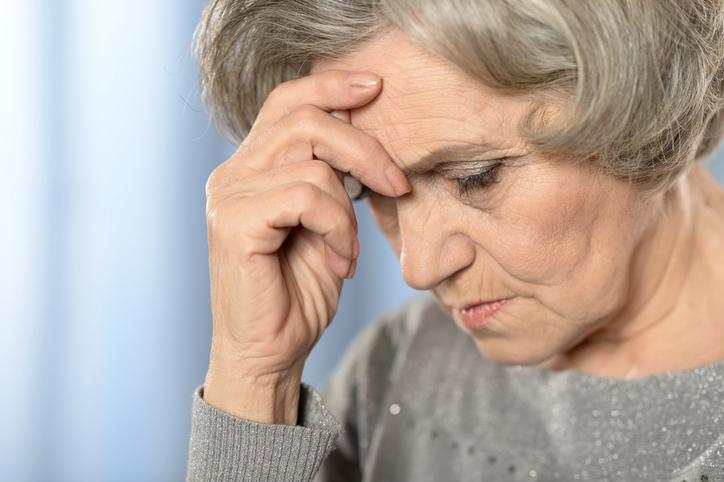2 апреля 2022
Ovarian Cysts: To Treat or Not?


2 апреля 2022
Ovarian Cysts: To Treat or Not?
## Where do they come from?
Generally, the causes of [ovarian](https://ul.orna.me/KOge/librarydisease?id=57) cysts are hormonal disorders and inflammatory processes. Additionally, an increased ovulatory load on a single ovary left by the removal of the other can provoke a cyst.
Other risk factors may provoke a cyst including reproductive disorders, early menstruation, late menopause, smoking, and a high-calorie diet.
## How do I know that a cyst has appeared?
Generally, a woman will not suspect she has a cyst and will only learn about it during a routine ultrasound examination. Most often, there are no accompanying symptoms or discomfort. However, cysts may sometimes cause=== dull aching pain in the lower abdomen during intercourse or physical activity. Nausea and sharp pain in the lower abdomen may be a sign that the cyst has twisted or ruptured. In this case, emergency hospitalization is needed.
## When is it not worth worrying about?
Cysts can be safe (functional) and small, without abnormal cells. They form during a normal menstrual cycle, eventually disappear on their own, and don't affect a woman's health in any way.
These types of cysts include:
- Follicular: appears if the follicle has not opened and the egg does not come out of it
- Yellow body: occurs when there is a hormonal malfunction or during pregnancy
These cysts generally do not require special treatment and disappear by themselves within 6–8 weeks. If a repeat ultrasound scan shows that the cyst has not gone away, and the structure and size have not changed, the doctor may suggest further monitoring. In addition, you will need to take a test for the Ca-125 cancer marker.
> The danger of cysts is that the symptoms might not appear for a long time, which is why it’s important to have a gynecological checkup every six months.
## When is an operation necessary?
In addition to functional cysts, some cysts pose a serious threat to health. They require treatment and surgical intervention to avoid degeneration into malignancy, twisting of the ovary, rupture of the cyst, and subsequent peritonitis.
These include:
- Cystadenomas: have papillary masses and parietal inclusions. Can be malignant and reach a large size.
- Endometriomas: filled with dense contents and grow on the surface of the ovary, but push inward. When they become larger than 3 cm, they can damage good follicles.
- Teratomas (dermoid cysts): consist of cells of hair, nails, teeth, skin, fat, etc.
These cysts cannot be treated with medication. If they become bigger than 3 cm, surgical intervention is required. Do not delay surgery, as these cysts can grow malignant, sprout into the surrounding tissues and metastasize.
> After age 55, women should be examined more often, because at this age even a small and harmless cyst can turn out to be malignant. If you find a pathology, you should always get an oncomarker test to make sure it is not early-stage cancer.













